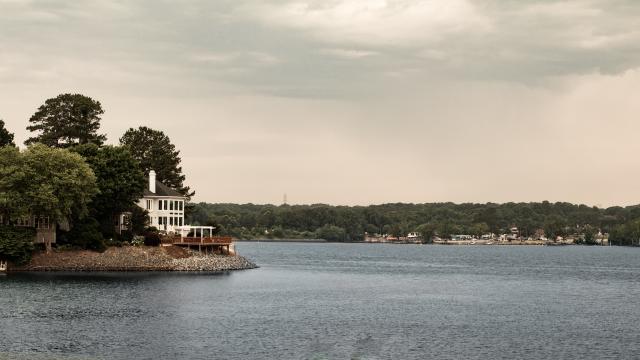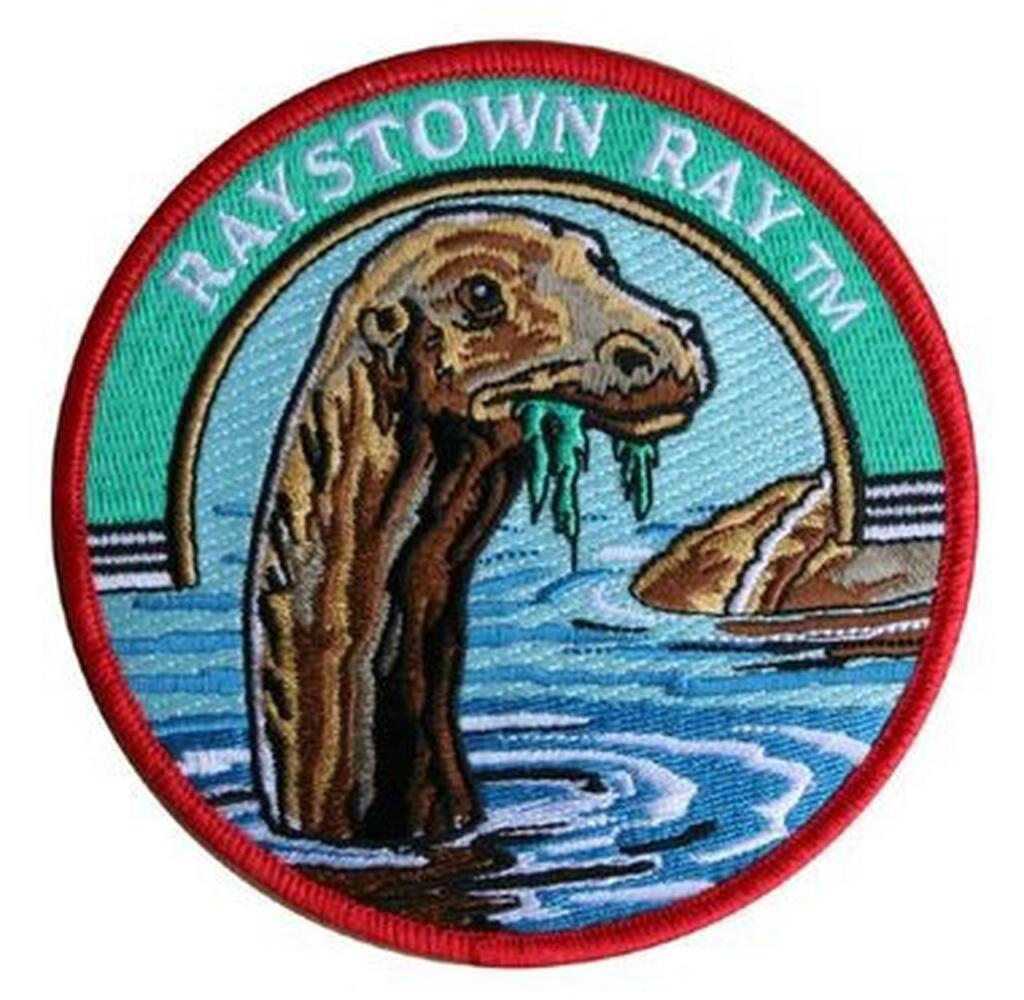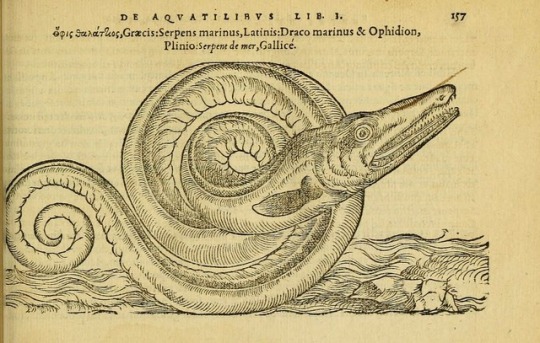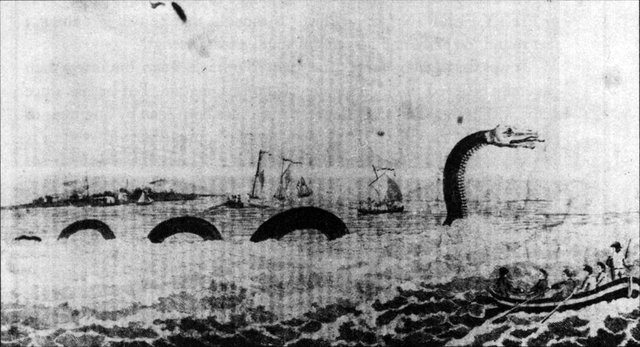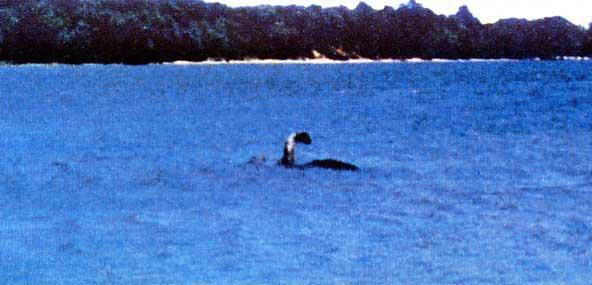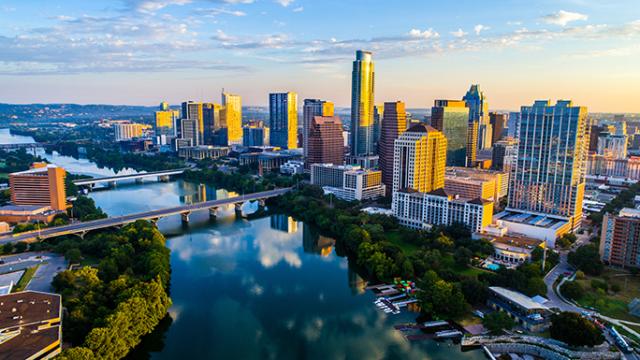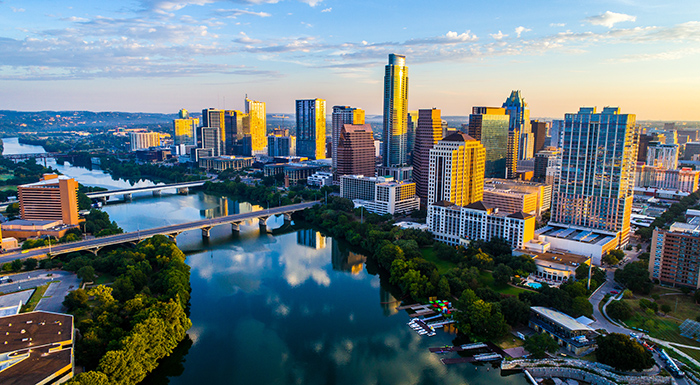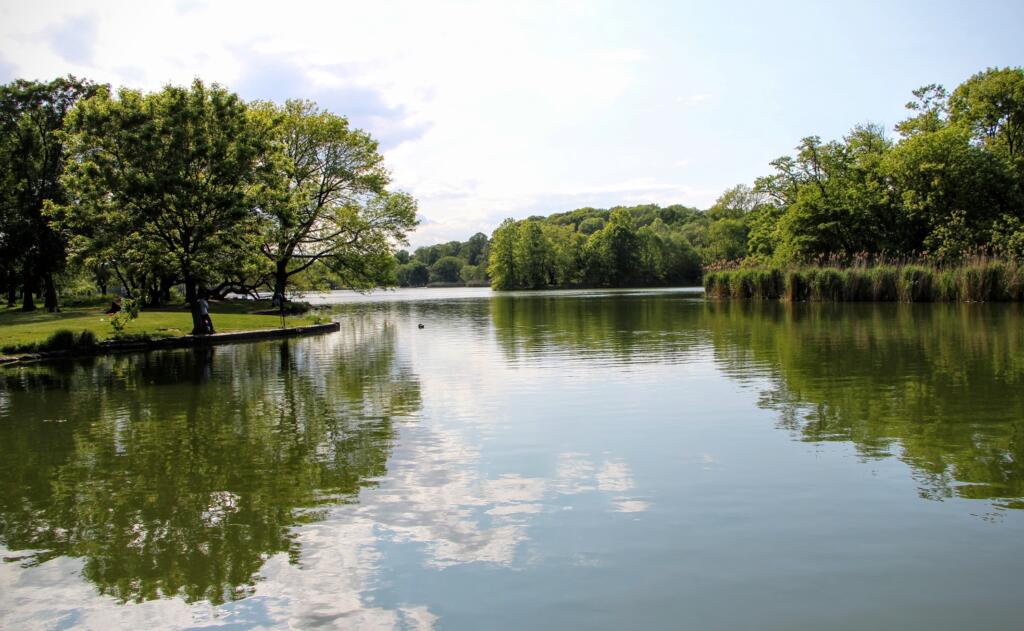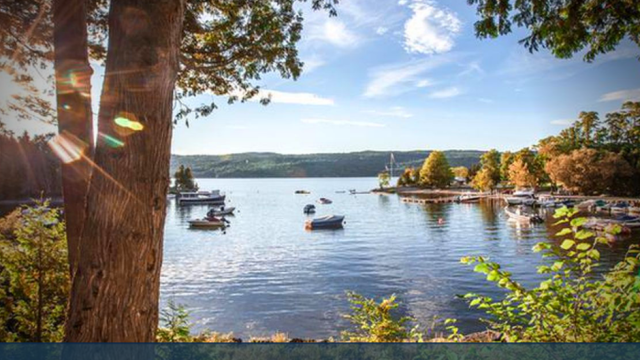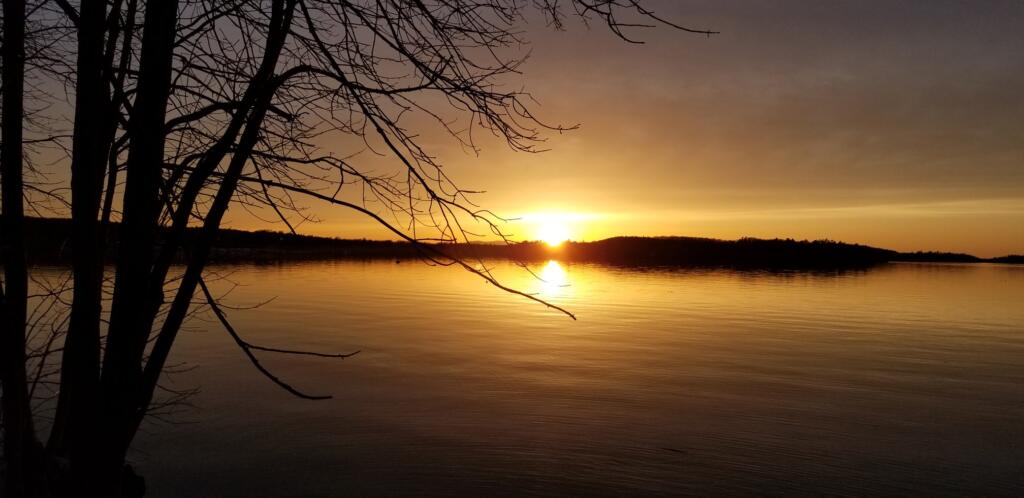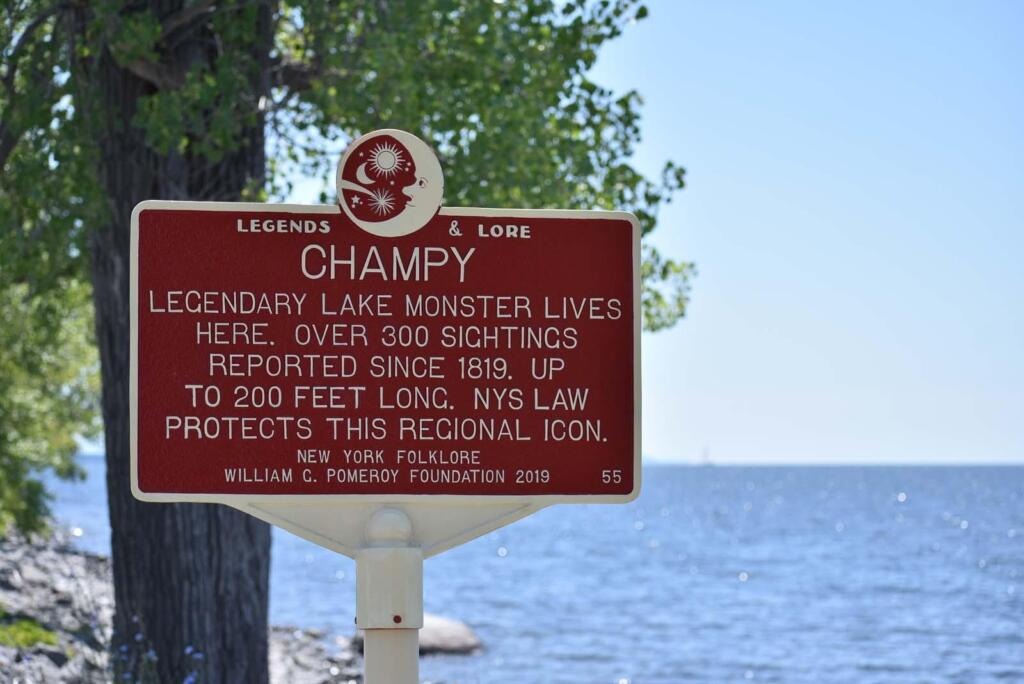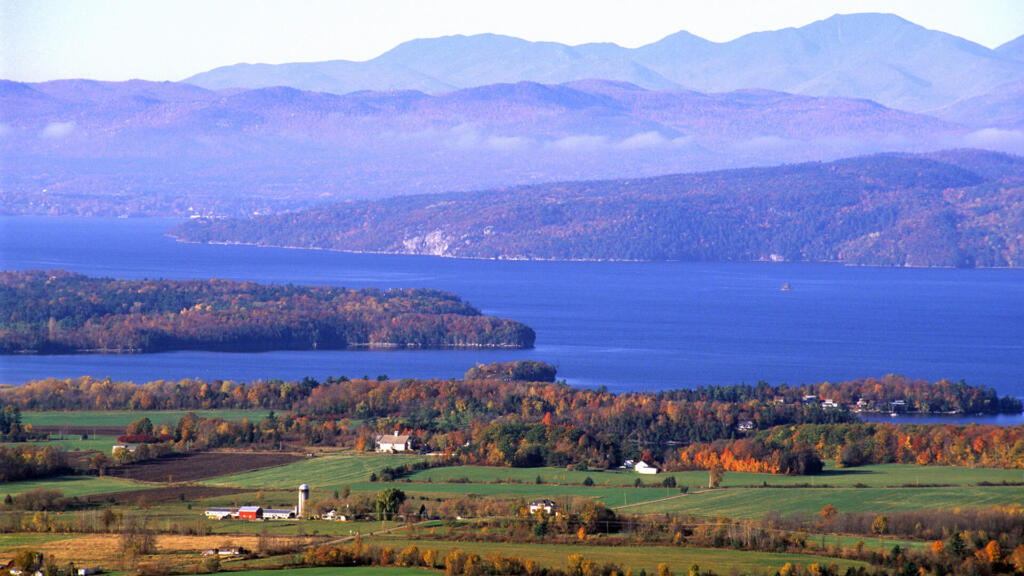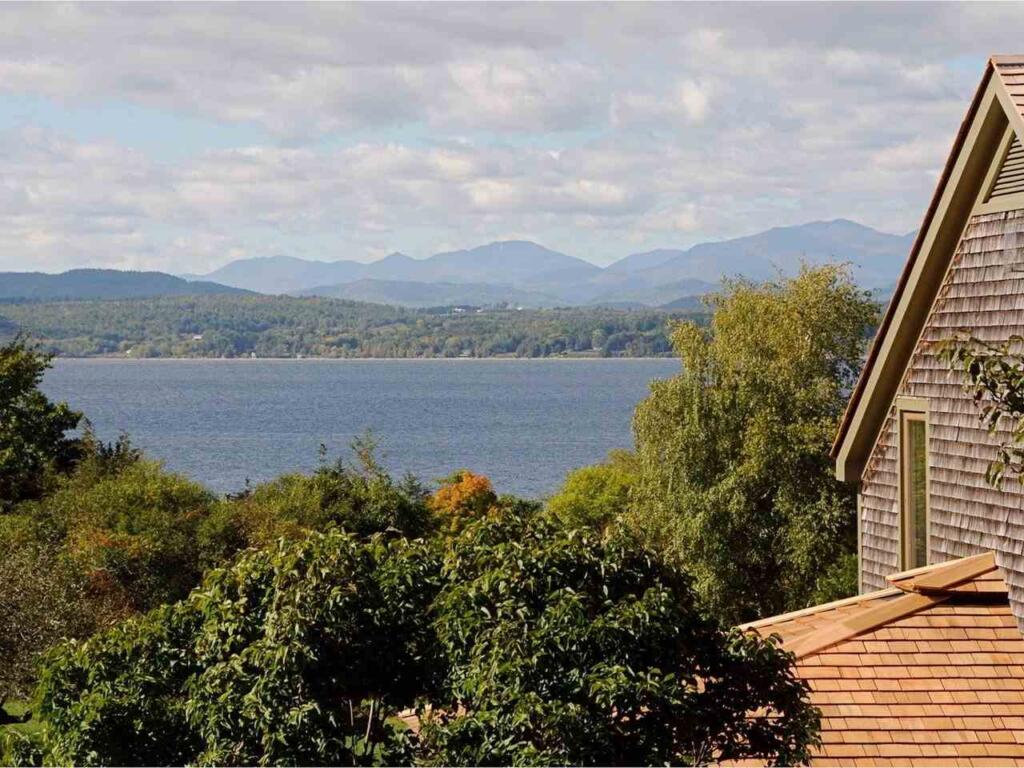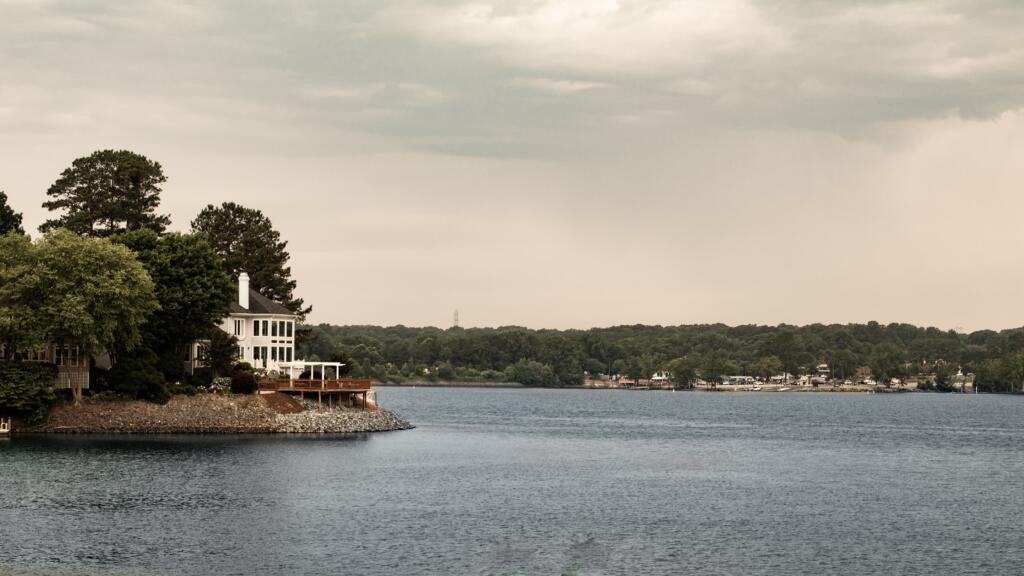
Sometimes, vacationing in a lake area can be a good indicator of whether or not you want to invest in property. When you’re looking to buy a lake home, it can be tough to determine what features are most important to you. How do you know where to begin? According to Yahoo, when booking a vacation, these are the five lakes most frequently searched lakes.
Lake Tahoe
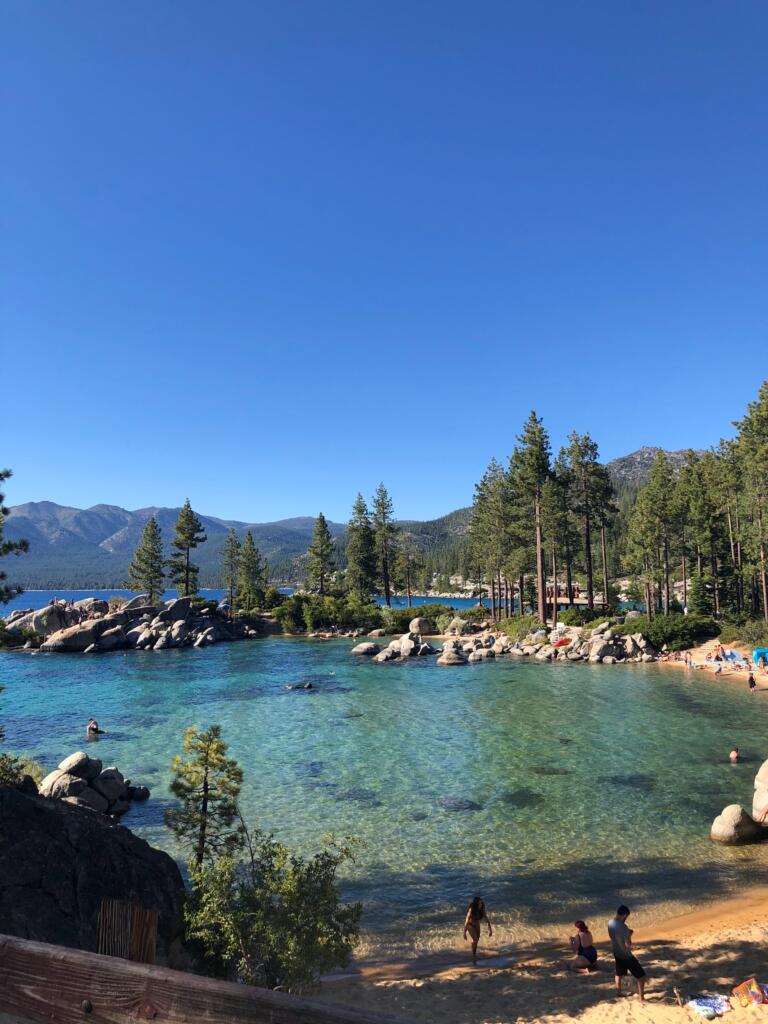
Location: This freshwater lake stretches across Nevada and California. It’s the largest alpine (highly elevated) lake in North America and the second deepest in the country, after Crater Lake, Oregon.
What makes it popular: The lake’s large size, high altitude, and beautiful scenery make it a perfect destination for outdoor recreation. In the winter, the neighboring ski resorts thrive. On the Nevada side, casino resorts are popular as well. Lake Tahoe is known for summertime water sports, beach activities, and motorcycling. The crystal clear waters and surrounding mountain ranges make it so picturesque. Its beauty has captured the attention of movie producers for several films like The Godfather Part II and A Place in the Sun.
Lake Champlain
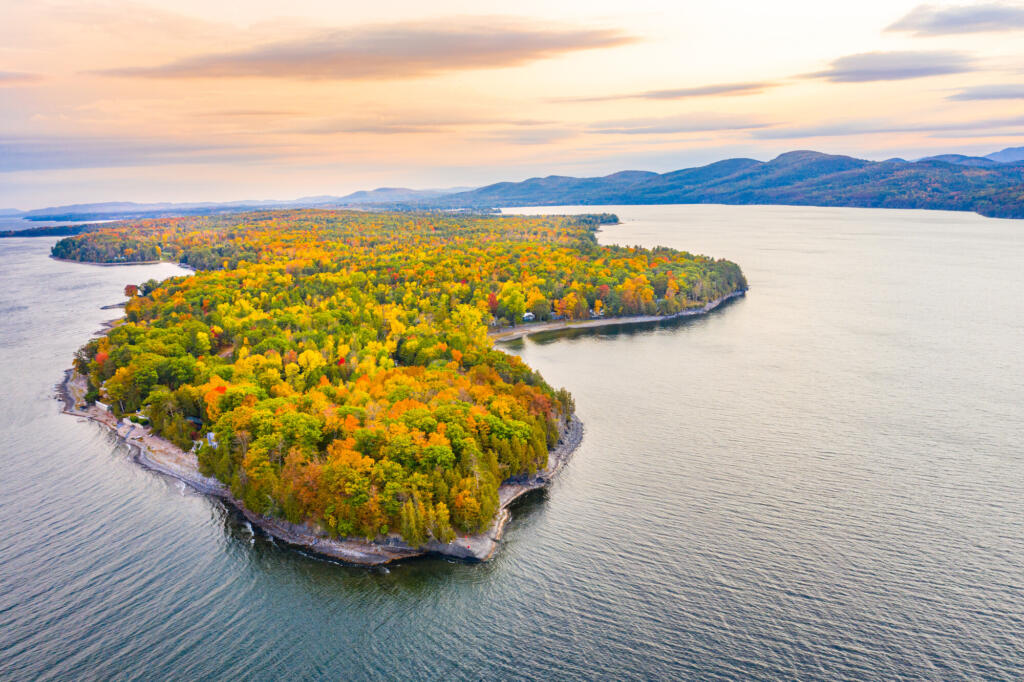
Location: This natural freshwater lake stretches as far as Quebec, Canada. In the U.S., Lake Champlain borders both Vermont and New York. The Vermont side has several natural features, such as the Green Mountains, while the New York side is almost entirely situated in the Adirondack mountains.
What makes it popular: Lake Champlain originally became a popular vacation destination after World War II with the expansion of railroad transportation. Today, its history is still alive in charming neighboring towns such as Essex, Ticonderoga, and Crown Point. On the lake itself, fishing is a huge selling point. Lake Champlain is one of the best bass fishing lakes in the U.S. You can also hike one of the famous Champlain Area Trails (CAT) and check out natural wonders like the Ausable Chasm. While you’re there, look for Champ, the famous monster that supposedly lurks in its waters.
Big Bear Lake
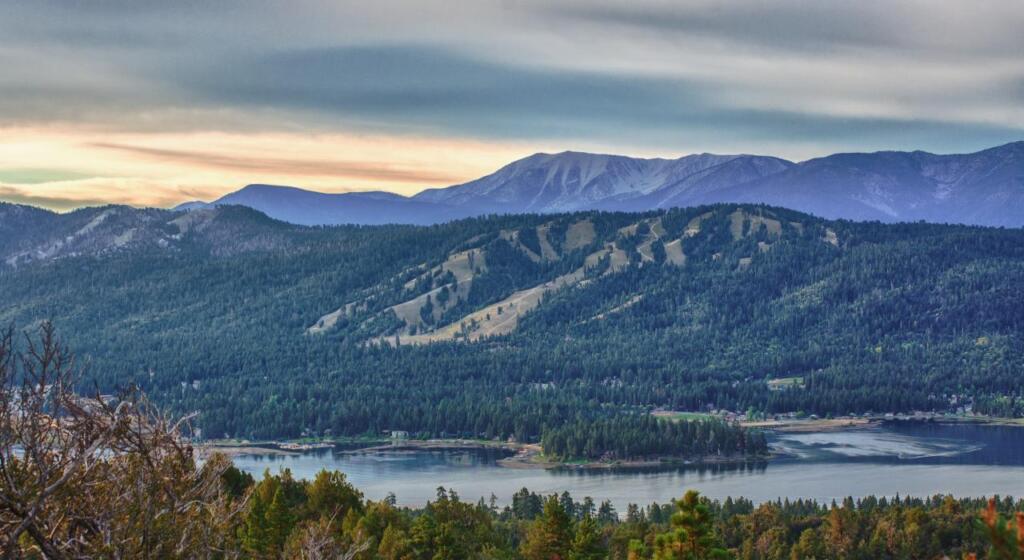
Location: Big Bear Lake is a California San Bernardino Mountains reservoir. Due to the surrounding mountains, the lake is entirely snow-fed, and its waters are not replenished in any other way.
What makes it popular: Although swimming is discouraged in this lake due to the cold water and submerged obstacles near the shore, the lake is popular for other reasons. Most prominently, it’s known for fishing. In Big Bear Lake’s chilly waters, anglers can catch trout, bluegill, crappie, catfish, and largemouth bass. The area is also known for recreational mountain activities such as snowboarding, skiing, mountain biking, and hiking. The lake is also near the town of Big Bear. Big Bear Village has more than 120 local vendors in its cozy town.
Lake Havasu
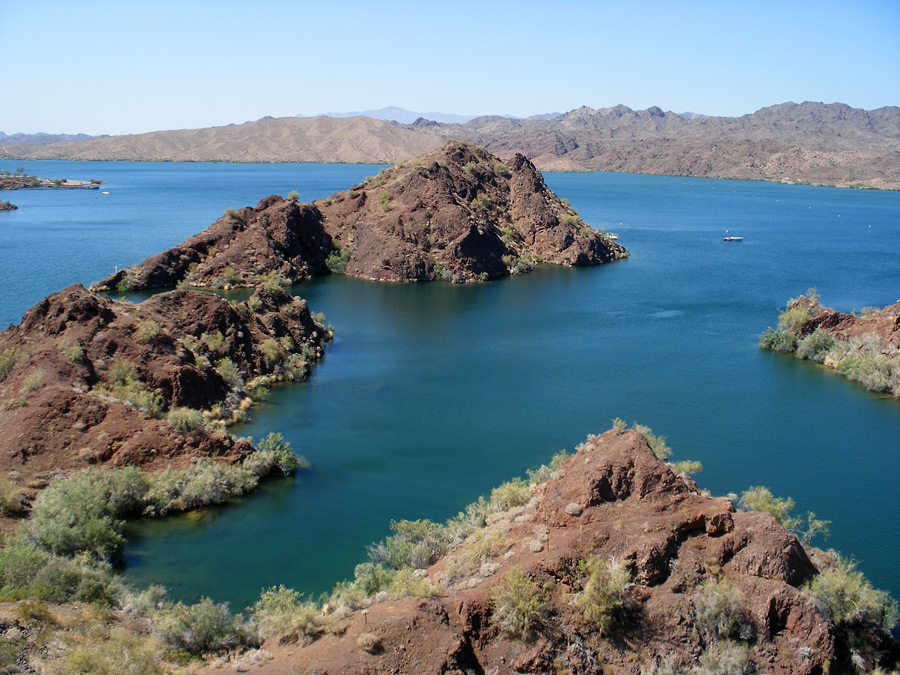
Location: This large Colorado River reservoir has a California side and an Arizona side, the former in San Bernardino County and the latter in La Paz County. Before the construction of the Parker Dam, the land belonged to the Mojave Native American tribe. The lake’s name, “Havasu,” means “blue” in their language.
What makes it popular: Lake Havasu has plenty of fishing opportunities, and the surrounding community frequently hosts fishing tournaments. Like Lake Champlain, Lake Havasu is one of the best bass fishing lakes. Due to the freshwater that streams from the rocky mountains, Havasu has ideal fishing conditions all year round. One fun fact about this lake is that the London Bridge, which once spanned across the Thames River in England, was transported to the Lake Havasu area in the 1960s.
Lake of the Ozarks
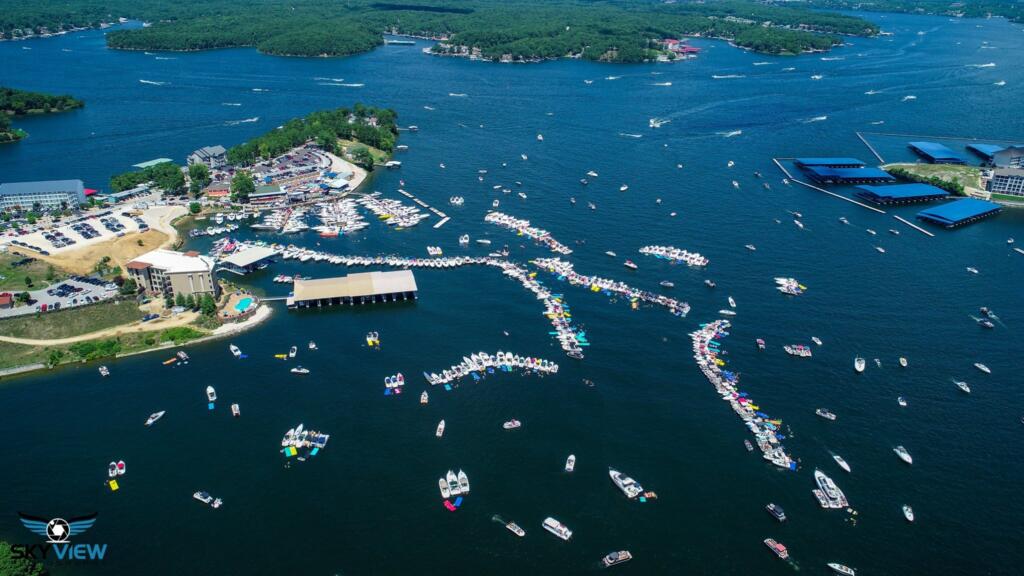
Location: Lake of the Ozarks is a reservoir in central Missouri with 1,150 miles of shoreline – longer than the coastline of California. Its winding shape resembles a serpent, earning its nickname “Puff the Magic Dragon.”
What makes it popular: In general, Lake of the Ozarks is known as a hotspot for fun activities in a centrally located region of the state. There’s no shortage of things to do, from golf to wineries to ziplining. However, a huge draw of Lake of the Ozarks is the proximity of Lake of the Ozarks State Park, the largest state park in Missouri. This park is home to Anderson Hollow Cove, also known as “Party Cove,” which the New York Times called “the oldest established permanent floating bacchanal in the country.” As a bonus, if you like crime dramas, you can also check out Netflix’s show Ozark, which takes place in the area.
We hope these provide a helpful starting place for your search. And who knows – one of these most visited lakes could be the perfect setting for your dream lake home!

